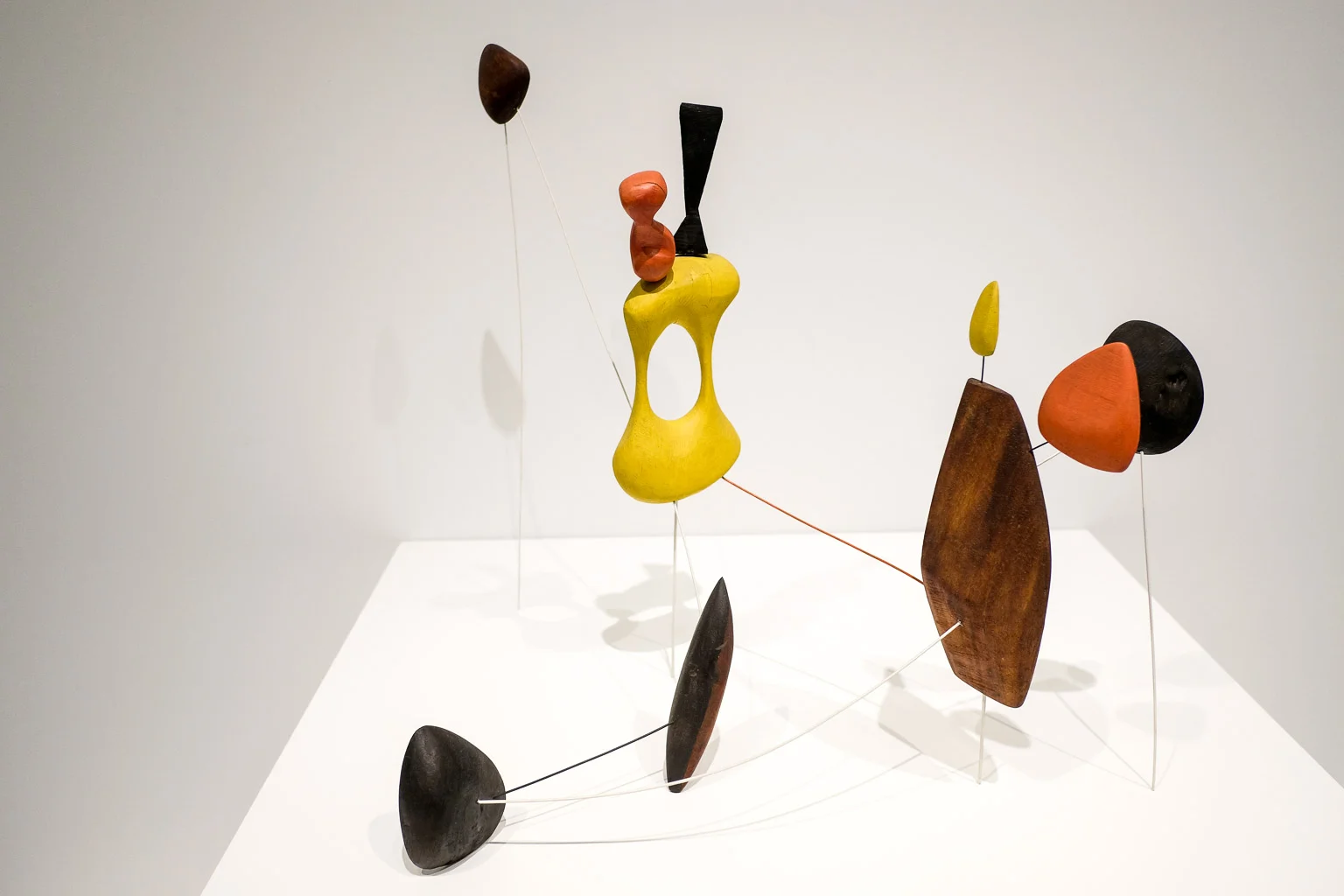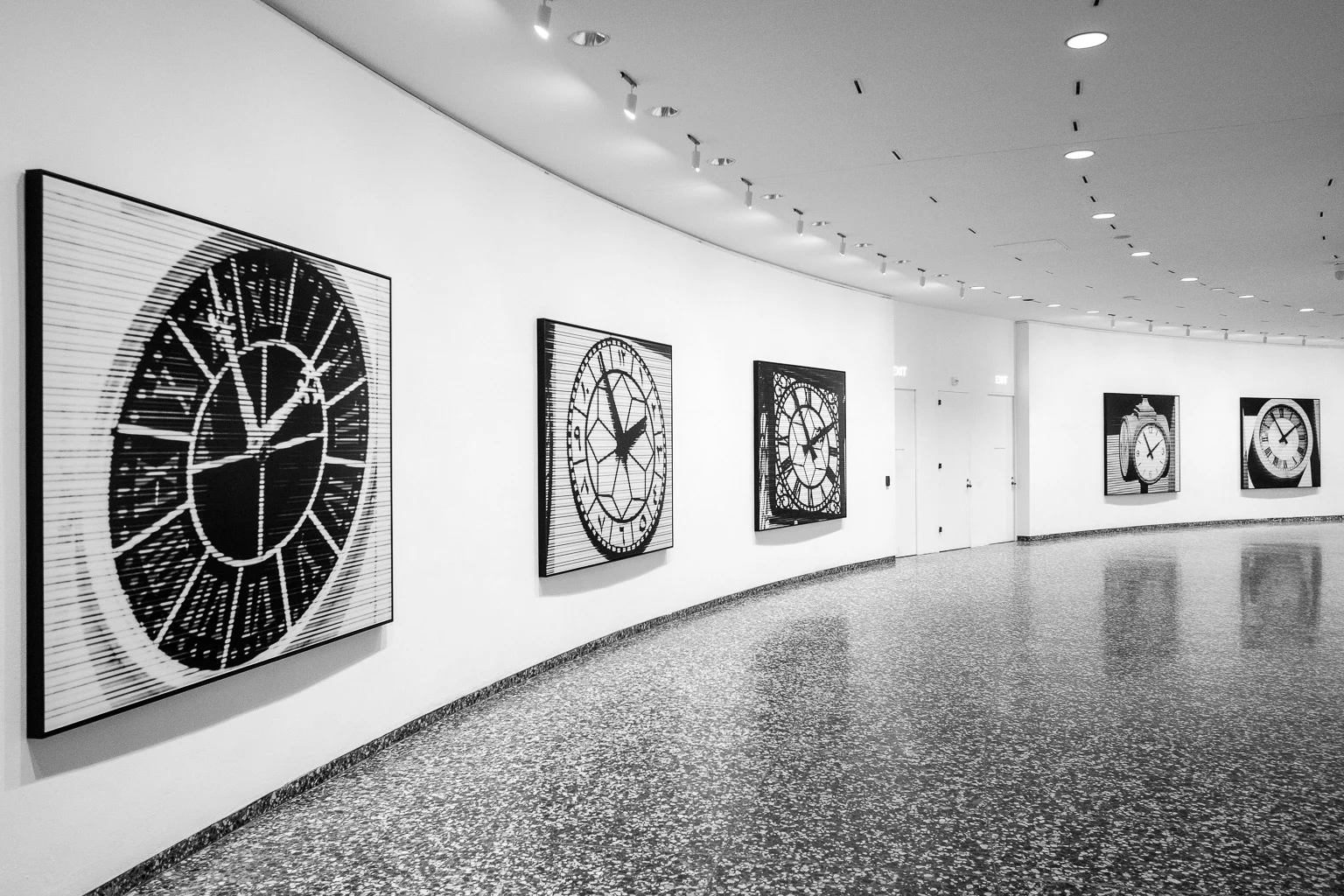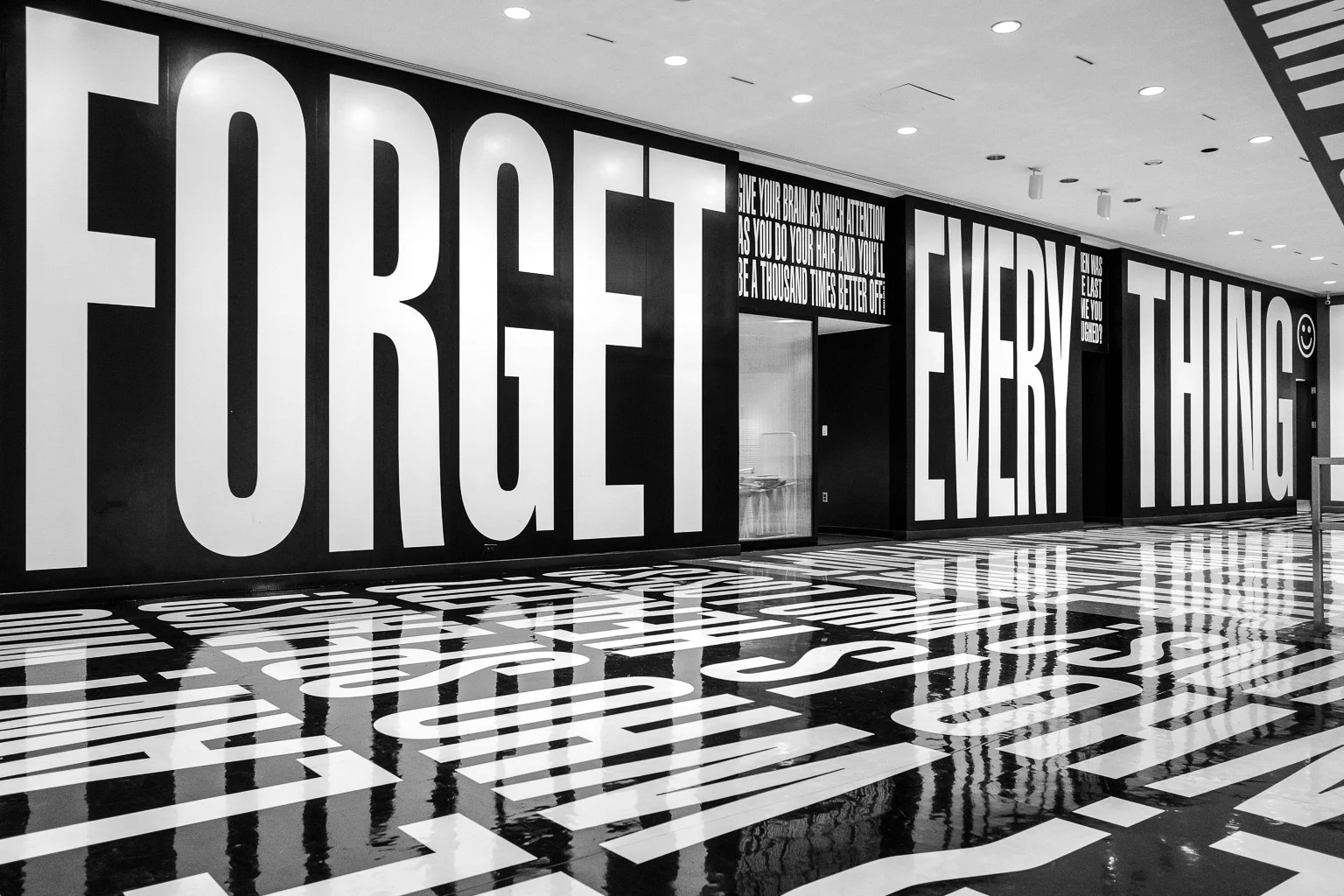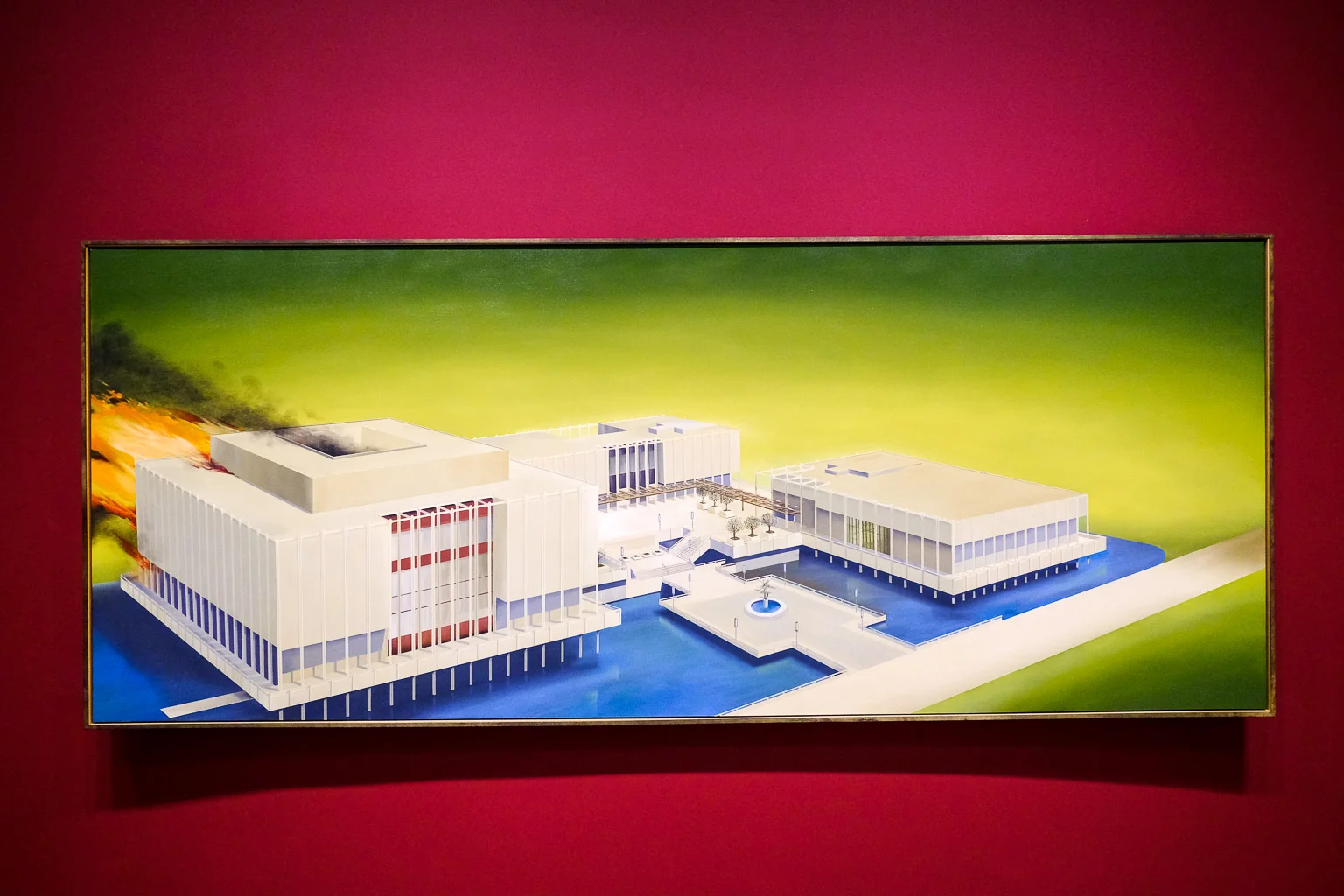How do I take better cell phone photos?
Start with more light. Current-generation cell phone cameras are capable of outstanding image quality in situations where there is sufficient light. One of the following two images was created with daylight and an iPhone and the other was created with thousands of dollars worth of camera and lighting equipment.
It doesn't matter if you can tell which is which. I think we can all agree that there is not thousands of dollars worth of difference in the quality of these two images. You can do quite a bit with your cell phone camera, provided you commit to learning the fundamentals of photography.
There are plenty of scenarios, however, where the camera in a cell phone just isn't going to be up to the task. A basic guideline is the less daylight there is, the more poorly a cell phone camera will perform. Even in a scenario where there is a good amount of indoor lighting, a cell phone camera will struggle to produce high quality images. The less light there is, the more the image will degrade (get fuzzy, have specks of various colors, etc). And using the cell phone flash is generally not going to yield a better image, particularly of people.
Let's use a visit to the museum as an example. A museum is a great example of a scenario where there is plenty of light for your eyes to see well, but not nearly enough for a camera to "see things clearly." The flash on your phone is no good in a museum for a couple of reasons: (1) in many museums, flash photography is prohibited, and (2) a cell phone flash wouldn't be of much use in a museum anyway, since many exhibits are behind protective cases that will reflect the flash and ruin the picture. That second reason also applies when you're shooting people. The flash shoots directly into their eyes and reflects back in the form of red eye (that's what it's called, but it can be other colors) that makes your subjects look like aliens or something. With that in mind, photographers interested in creating images of people that make the person look good will consider the cell phone flash to be prohibited for portraits, as well.
Following are a few examples of images from the Smithsonian's Hirshorn Museum that a cell phone likely could have created acceptably. These images were not created with a cell phone, but there was sufficient light in each scene that a cell phone camera likely would have produced an acceptable image.
The following images are from the Smithsonian's National Museum of African-American History and Culture. A cell phone camera would not have been able to create a usable image from any of these exhibits due to there being very little light.
I hope this shed some light (no pun intended) on how to take better cell phone photos and why your images may not be coming out the way you'd like them to. In general, the solution to better cell phone photos is to leverage daylight as much as possible. Shooting in daylight is not always possible, however, so at some point, to create the kind of images you have in mind, you may need to start using a dedicated camera. If you need help choosing a camera, I've written a blog post to help you do just that. If you enjoyed this post, please like it and share it and explore the blog. There's lots more to see!



















